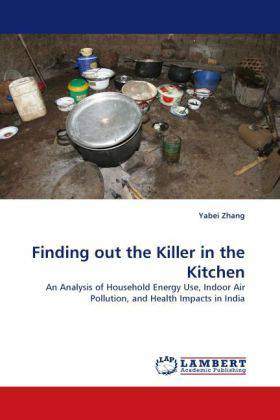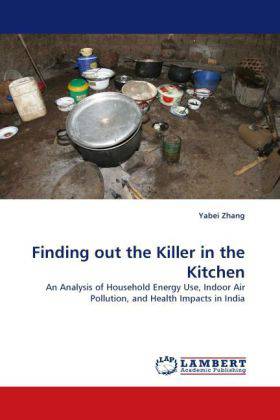
- Afhalen na 1 uur in een winkel met voorraad
- Gratis thuislevering in België vanaf € 30
- Ruim aanbod met 7 miljoen producten
- Afhalen na 1 uur in een winkel met voorraad
- Gratis thuislevering in België vanaf € 30
- Ruim aanbod met 7 miljoen producten
Zoeken
Finding out the Killer in the Kitchen
An Analysis of Household Energy Use, Indoor Air Pollution, and Health Impacts in India
Yabei Zhang
Paperback | Engels
€ 78,45
+ 156 punten
Omschrijving
This book develops a unified analytical framework to understand the relationships among household energy use, indoor air pollution (IAP), and health impacts and enables policy-makers to analyze welfare effects of various interventions. It provides quantitative evidence that IAP has significant health impacts comparable to smoking. Based on analysis of IAP impacts on spirometry indicators, the evidence suggests that IAP has major impacts on restrictive lung disease rather than obstructive lung disease. These results explain why certain diseases are more highly associated with IAP exposure. Considering that traditional biomass will likely continue to be the most popular cooking fuel in rural areas of India in the near future, and that households can achieve considerable welfare gains from improvement in stoves and kitchen ventilation, the analysis suggests that the Indian government should consider reviving the improved stove program with a new advanced stove strategy coupled with conducting advocacy campaigns on how to improve kitchen ventilation.
Specificaties
Betrokkenen
- Auteur(s):
- Uitgeverij:
Inhoud
- Aantal bladzijden:
- 128
- Taal:
- Engels
Eigenschappen
- Productcode (EAN):
- 9783843376556
- Verschijningsdatum:
- 24/11/2010
- Uitvoering:
- Paperback
- Afmetingen:
- 150 mm x 220 mm
- Gewicht:
- 200 g

Alleen bij Standaard Boekhandel
+ 156 punten op je klantenkaart van Standaard Boekhandel
Beoordelingen
We publiceren alleen reviews die voldoen aan de voorwaarden voor reviews. Bekijk onze voorwaarden voor reviews.








